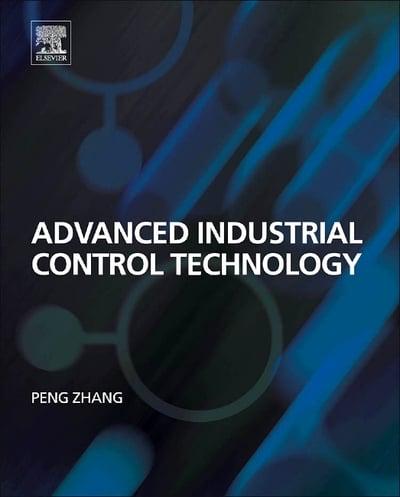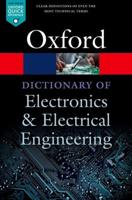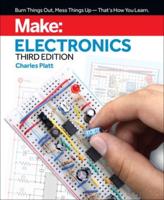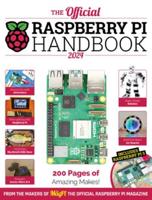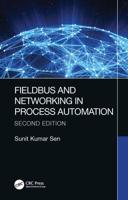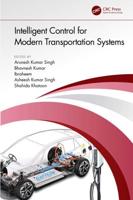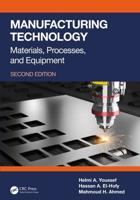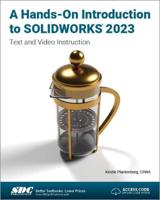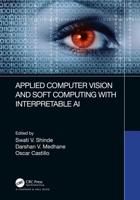Publisher's Synopsis
Control engineering seeks to understand physical systems, using mathematical modeling, in terms of inputs, outputs and various components with different behaviors. It has an essential role in a wide range of control systems, from household appliances to space flight. This book provides an in-depth view of the technologies that are implemented in most varieties of modern industrial control engineering.
A solid grounding is provided in traditional control techniques, followed by detailed examination of modern control techniques such as real-time, distributed, robotic, embedded, computer and wireless control technologies. For each technology, the book discusses its full profile, from the field layer and the control layer to the operator layer. It also includes all the interfaces in industrial control systems: between controllers and systems; between different layers; and between operators and systems. It not only describes the details of both real-time operating systems and distributed operating systems, but also provides coverage of the microprocessor boot code, which other books lack.
In addition to working principles and operation mechanisms, this book emphasizes the practical issues of components, devices and hardware circuits, giving the specification parameters, install procedures, calibration and configuration methodologies needed for engineers to put the theory into practice.
